SIR 2025
Women's Health
Traditional Poster
135 - Evaluating Medical Students' Familiarity with Interventional Radiology Procedures in Women's Health
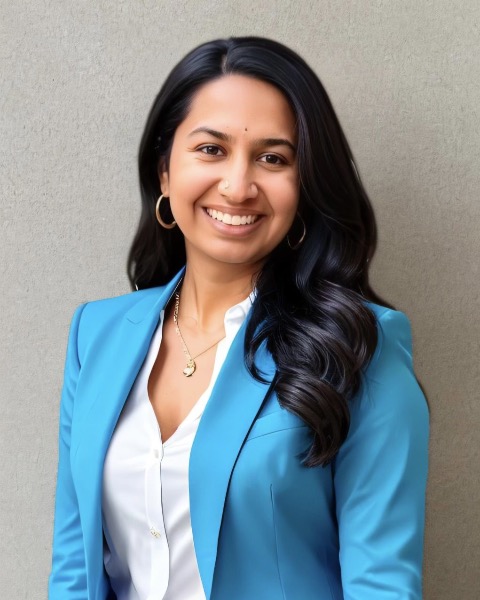
Abinaya Ramakrishnan
Medical Student
UCLA David Geffen School of Medicine, United States
Ashley Lamba
Medical Student
Zucker School of Medicine at Hofstra/Northwell, United States- AK
Alena Khalil, MA
Medical Student
Nova Southeastern University Dr. Kiran C. Patel College of Osteopathic Medicine, United States 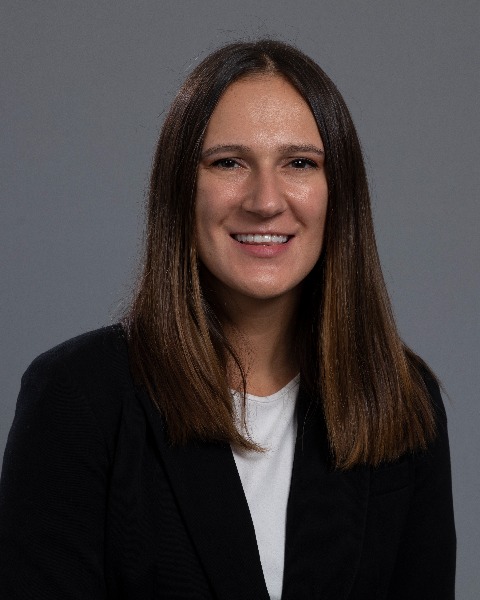
Ashley M. Barry, MS (she/her/hers)
Medical Student
Rush University Medical Center, United States- AW
Atlee Witt, BA
MD-PhD Candidate
Vanderbilt University, United States 
Chi M. Trinh
Medical Student
Johns Hopkins School of Medicine, United States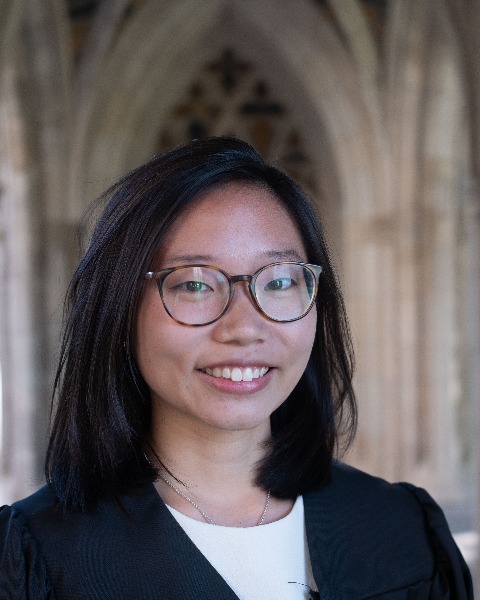
Christine Yoon (she/her/hers)
Medical Student
Albert Einstein College of Medicine, United States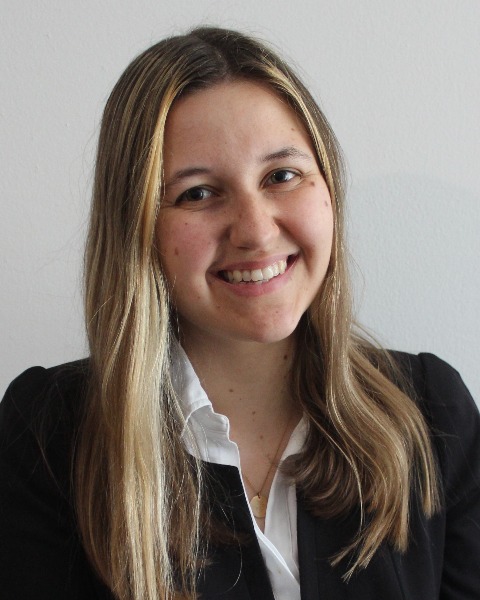
Emily R. Hunt, BS (she/her/hers)
Medical Student
Albert Einstein, United States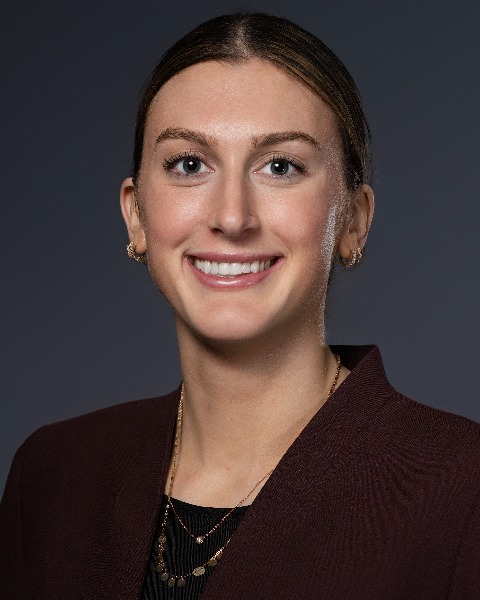
Megan Worthington, MS (she/her/hers)
Medical Student
Touro College of Osteopathic Medicine, United States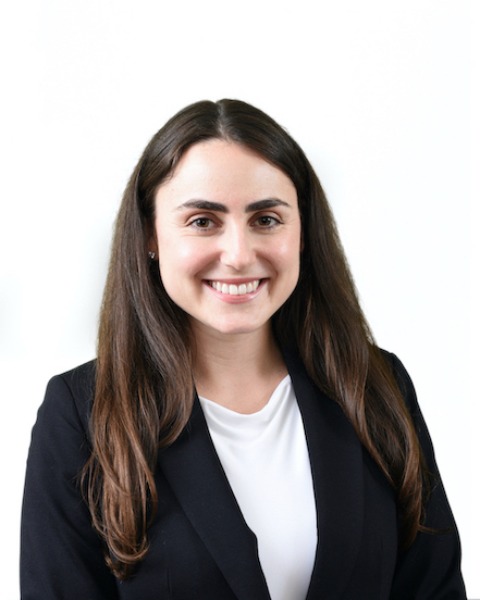
Sarah M. Montaquila, MA (she/her/hers)
Medical Student
NYIT College of Osteopathic Medicine, United States
Tessa F. Shankey (she/her/hers)
Medical Student
Medical College of Wisconsin, United States- AK
Ashima Kundu, BS
Medical Student
Loyola Stritch School of Medicine, United States - DD
Dania Daye, MD, PhD
Associate Professor
Massachusetts General Hospital/Harvard Medical School, United States 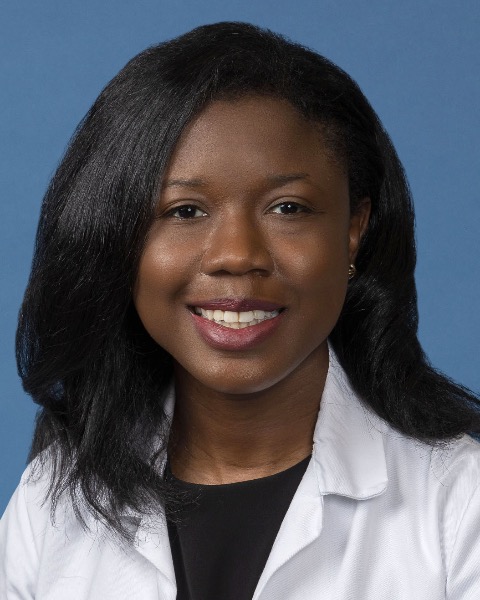
Shenise Gilyard, MD
Clinical Professor
UCLA, United States
Poster Presenter(s)
Author/Co-author(s)
Materials and Methods:
A HIPAA-compliant, anonymous online survey was distributed to over 100 medical schools in the United States. A total of 74 medical students completed the survey, including 67 MD and 7 DO students from schools across the country, with class distribution as follows: MS1 (6%), MS2 (29%), MS3 (33%), MS4 (27%), and those pursuing an additional degree (5%). 56 respondents identified as female. Participants reported their familiarity with various IR procedures, the perceived importance of IR in women's health, and the integration of IR into their medical education.
Results:
Of the participating medical students, 39 expressed interest in pursuing IR and 35 expressed no interest. Among those interested in IR, 78% were familiar with uterine fibroid embolization compared to 37% in the non-IR interested group. 67% of the IR-interested cohort were familiar with postpartum hemorrhage embolization and 74% with varicose vein treatment compared to 31% and 46% of their non-IR interested counterparts, respectively. Notably, only one student interested in IR reported no familiarity with any IR procedure for treating women’s health issues compared to 11 students in the group not interested in IR (p=0.002). More than 50% of both groups acknowledged that IR was “very important” in treating women’s health issues but also stated that IR was not integrated into their medical education on women’s health. A substantial gap in education was also noted: only 7 (26%) of medical students interested in IR and only one student (3%) in the non-IR-interested cohort felt adequately prepared to discuss IR options with future patients regarding women’s health.
Conclusion: The study highlights a significant gap in medical students’ education on IR procedures related to women's health, particularly for those not pursuing IR. Despite recognizing the importance of IR in women's health, many students feel unprepared to engage in discussions regarding IR options with patients, underscoring the need for better integration of IR’s role in treating women’s health issues in the US medical schools’ curricula.


.jpg)